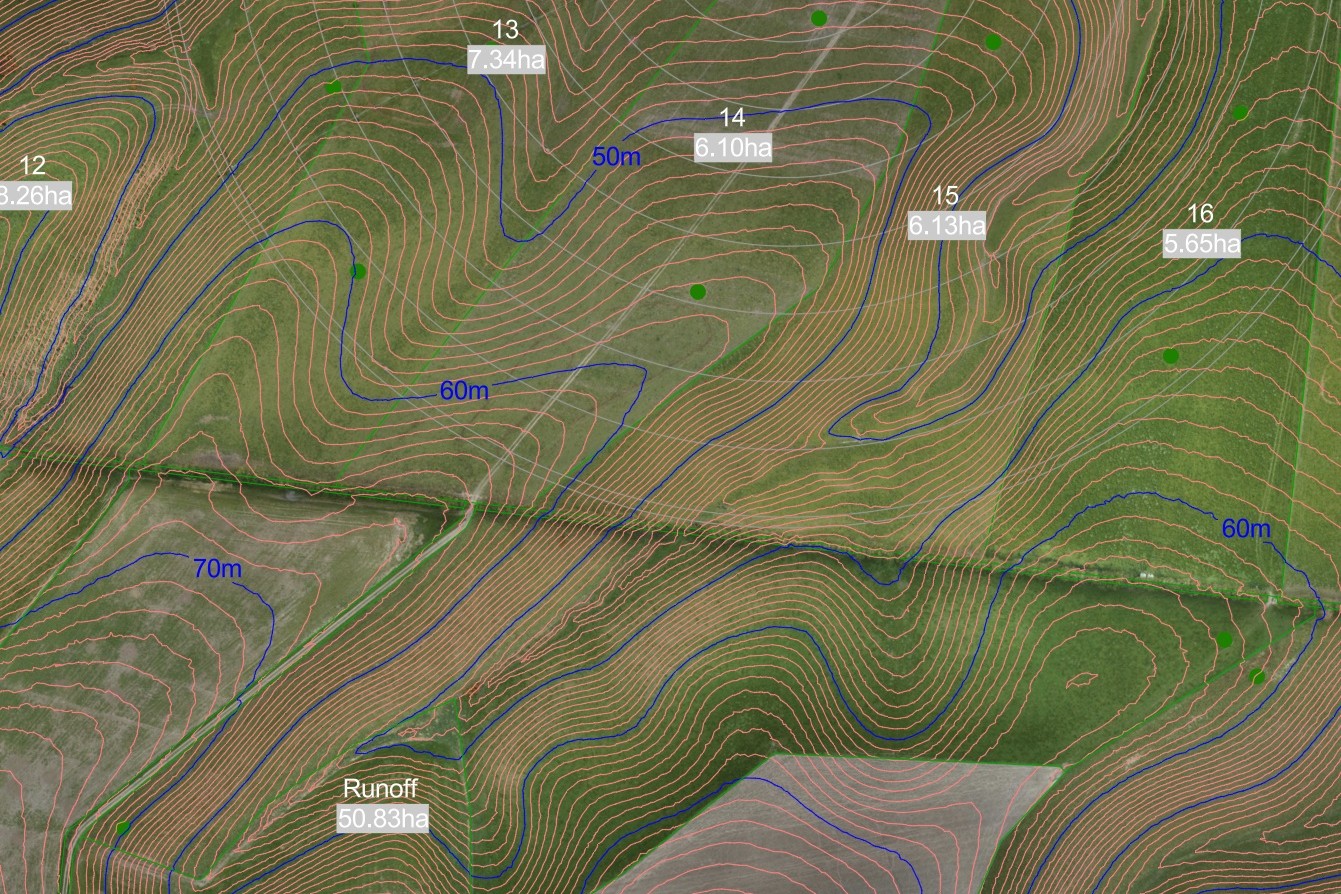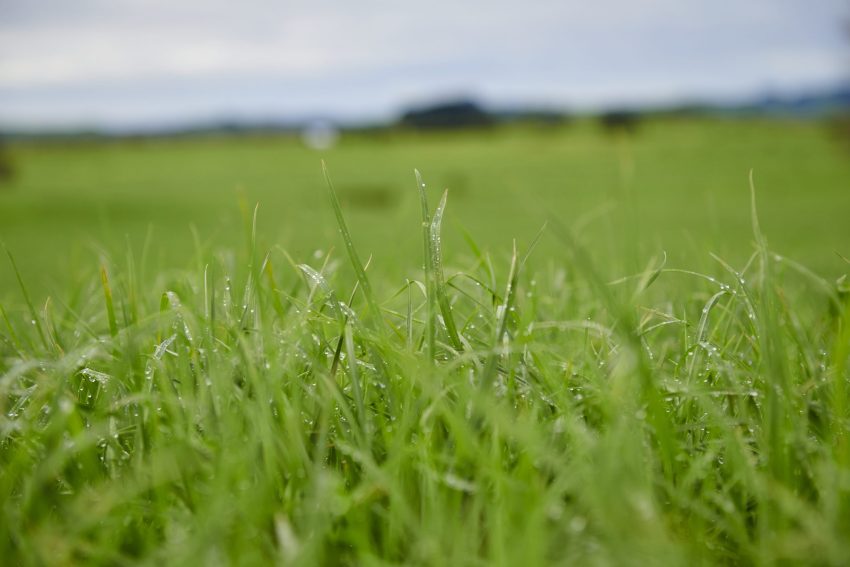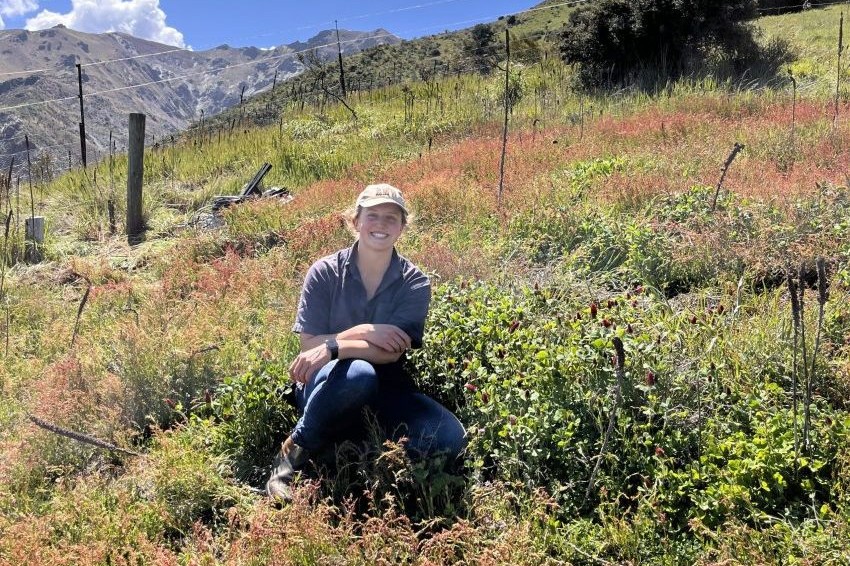Realising catch crops
With the right timing and a bit of patience, catch crops can reward growers with high-yielding supplementary feed crops that can generate gross margins of more than $1000/ha. By Sandra Taylor.
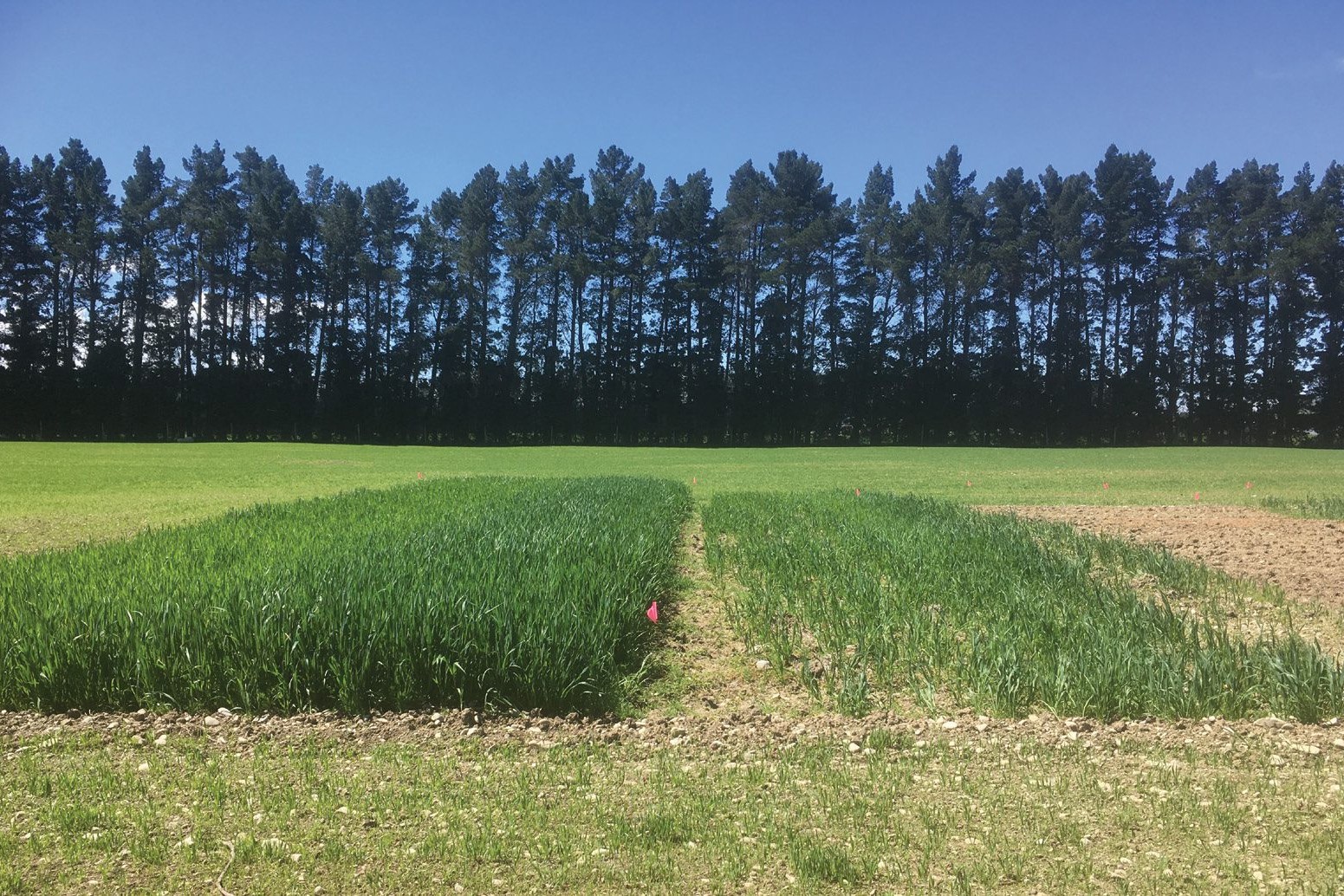
Sown in the wake of intensively grazed winter forage crops, catch crops such as oats and Italian or hybrid ryegrasses capture and use the nitrogen (N) left in soil from urine patches and turns it into drymatter (DM).
The four-year catch Crops for Cleaner Freshwater programme, has been run by Plant & Food Research soil scientist Dr Brendon Malcolm in conjunction with AgResearch.
Now in its final year, the programme has identified and demonstrated best-practice management of catch crops through trial sites established on commercial farms in Southland, Canterbury and the West Coast. A lysimeter facility installed at the Southern Dairy Hub in Southland has also allowed scientists to directly measure how effective catch crops are at reducing N leaching in that region.
Malcolm doesn’t believe many farmers fully realise the potential value they could capture from early sown catch crops, not only from capturing excess N, but also from crop yields.
Trial work in Canterbury has shown catch crops can effectively reduce N leaching by up to 60%, but they can also reduce the potential for soil loss.
“We’ve seen a 40% reduction in soil runoff in plots under catch crops compared to the plots left fallow,” Malcolm says.
They can also reduce phosphate losses, particularly where it is attached to the soil.
Catch crops can also improve soil condition. Malcolm says while soil condition is not a variable they’ve looked at in detail, visually the soil condition was significantly better in the plots under catch crops compared to those left lying fallow.
Timing is everything
The key to successful catch crops is timing and Malcolm says these crops should be sown as soon as practicable after the paddock has been grazed.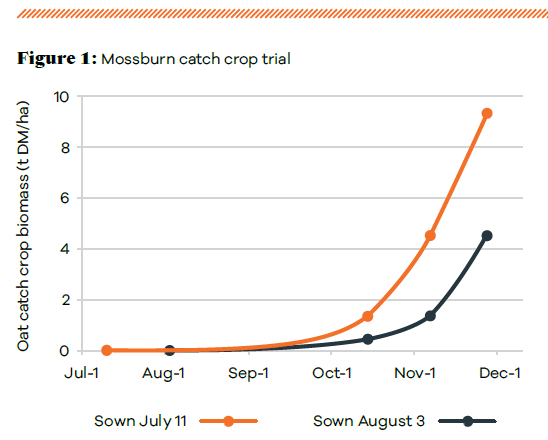
Cereals such as oats can germinate in soil temperatures as low as 2C, but Malcolm says they recommend sowing when soil temperatures are 4–5C, particularly if soils are heavy or very wet.
In the researchers’ experience, soil temperatures very rarely drop below this for significant periods and this is across all the regions in the programme.
In Southland, one-pass spader drills are ideal for drilling in heavier and wetter soils, but in other regions drilling should take place as soon as the tractor can get on the paddock.
Higher than normal sowing rates of 110–120kg/ha are recommended to achieve target plant populations of 300 plants/m². The greater the plant density, the more light is intercepted and the higher the crop yield and N uptake. The higher sowing rate also allows for some seed losses. In very wet soils, Malcolm says Italian or hybrid ryegrasses should be included with cereals.
While the seeds will germinate, establish roots and capture N at these low temperatures, the seedlings may take 4–5 weeks to emerge when sown in winter, and this is where patience comes in.
Farmers may think that the crop has rotted in the ground. But in the many catch crop trials Malcolm has been involved with since 2014 there have been only two crop failures when several torrential rain events shortly after sowing caused the worked soil to cap. Ironically, the crop established around the trial plots was successful because it was sown into a coarser seed bed and with Italian or hybrid ryegrass.
The importance of early sowing was particularly highlighted in an on-farm trial in Mossburn in 2021.
One plot was sown on July 11 and the other just three weeks later on August 3. By November 7 the early sown crop was yielding 4.5t DM/ha, while the later sown plot yielded 1.4t DM/ha. By the time the plots were harvested for green-chop silage, the early sown crop yielded 9.3t DM/ha compared to 4.5t DM/ha in the later sown plot.
Similarly, the amount of N captured by the two plots at green-chop varied accordingly, with the early sown oats capturing a total of 106.9kg/ha versus 89kg/ha. The differences were particularly large during earlier samplings.
“When sown early, the root system develops early so when soil temperatures increase, the crop bolts ahead.”
In this instance, the growth in November after canopy closure was explosive and the grower was rewarded with a high-yielding crop of green-chop silage.
Regional variance
In a Canterbury trial, a catch crop of oats sown after a kale yielded 10t DM/ha and at a value of 20c/kg DM, this generated a gross margin of more than $1500/ha.
While sowing as early as July is not always practical, Malcolm says sowing in August and into early September can still significantly reduce N leaching.
“Treat the catch crop as a main crop, even when sown late. It will still pay.”
If sowing is delayed until late September and October in Canterbury, the main leaching period will generally be over, and the focus will be on the next forage or pasture crop.
He says because soil temperatures are colder in Southland, the window of opportunity for establishing catch crops is wider than it is in Canterbury and other regions further north.
It’s important that if the paddock is cultivated after winter grazing, then it should be drilled as soon as possible. Cultivation in itself releases N via the process of mineralisation, just adding to the existing leachable pool. While this will be captured by a crop, leaving a cultivated paddock to lie fallow will just exacerbate the risk of leaching.
N fertiliser is not required when sowing catch crops as the crops will capture soil N, but 40–50kg N/ha may be required from early October when the canopy has closed over and the catch crop starts to grow or show signs of N deficiency. This small application of N will help boost yields and increase the amount of crude protein in the leaves.
Another tranche of Catch Crops for Cleaner Freshwater is the use of a modelling tool to extrapolate the results of the trials onto different soil types, climatic conditions and seasonal variations amongst other variables. This will give farmers an indication of how catch crops might perform in a range of environments and climates, and under different management scenarios.
MAXIMISE THE BENEFITS OF CATCH CROPS
- Sow as soon as conditions allow after winter grazing
- Select winter-active species (oats and/or Italian ryegrass are ideal)
- Talk to your seed rep and order seed early
- Target high plant populations to capture nitrogen. For cereals about 300 plants/m2 (110–120kg seed/ha for oats) is ideal
- Minimise tillage where possible
- Control weeds
- Nitrogen (40–50kg/ha) may be required from canopy closure (October) – not at sowing
- Harvest timing – for green chop silage harvest oats at booting (just before seedheads emerge).
To follow the trial work, see Facebook page @catchcrops and Twitter page @malcolm_brendon

